
Amazonian indigenous peoples sometimes range across borders, inhabiting two or three countries without regard for geopolitical boundaries. Examples include the Yanomami between Venezuela and Brazil, and the Achuar between Peru and Ecuador. Because they were there before the Spanish conquest, they do not belong to any single nation state.
This article presents a list and description of the main tribes or peoples that inhabit the different countries of the Amazon jungle and basin, their history, origins, how many are left (population), and the dangers they face today.
Editor’s Note
Amazonian peoples by country
Indigenous people of the Bolivian jungle
In the Bolivian Amazon there are about 100,000 indigenous people, divided into 24 ethnic groups: Tucana, Araona, Chiman, Moseten, Machineri, Yaracare, Yaminahua, Yuquinmojeno, Motiva, Reyesano, Siriono, Guarayo, Cavineño, Ese Ejja, Pacuahara, More and Aymara. -Quechua.
Brazilian jungle tribes
Some 125,000 indigenous people live in the Brazilian Amazon, which is equivalent to only 0.78% of the region’s total population.

Among them, the Guaraní are notable with some 51,000 individuals, followed by the Tikuna with a little over 40,000, and the Yanomami, with 19,000 people scattered in the north of the Amazon.
These indigenous ethnic groups are subjected to constant harassment from illegal miners (garimpeiros), drug traffickers, smugglers, plantation owners, and large-scale cattle ranchers.
September 14, 2022

The silence of the indigenous people – Dying languages in the Brazilian Amazon
July 14, 2022
Ayahuasca retreats in Brazil
June 4, 2022
Asurini do Xingu – Amazonian Rainforest People from Brazil
May 21, 2022
Karitiana – Amazon Rainforest People from Brazil
May 3, 2022
Manaus: a gastronomic and cultural experience
February 17, 2020
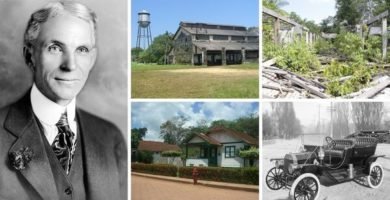
Fordlandia: Ford’s Amazon Rainforest Dream
Amazonian peoples of Colombia
Between 80,000 and 150,000 indigenous people live in the Colombian Amazon , grouped into 64 ethnic groups, which correspond to about 10% of the total population of the region.
Most numerous are the Curripaco, Puinaba, Piaroa, Piapoco, Tucano, Desano, Cubeo, Uitoto, Ticuna, Macú, and Siona.
August 26, 2022
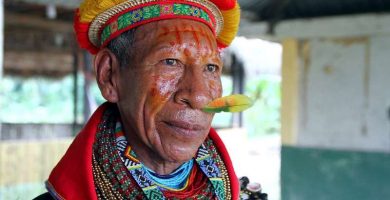
Cofán, an indigenous people between Colombia and Ecuador
July 14, 2022
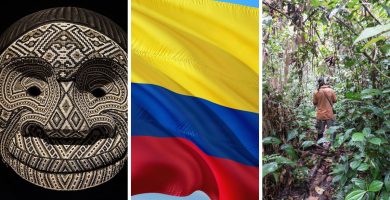
Ayahuasca Retreats in Colombia
May 7, 2022
Siona – Colombian Amazon Rainforest People
December 7, 2020

Awesome Ice-Age Cave Paintings in Colombia – Serranía de la Lindosa
November 28, 2020

Tabatinga
November 26, 2020
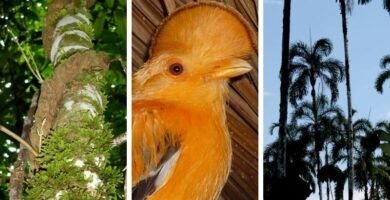
Sanctuary of Medicinal Plants Orito Ingi Ande
November 24, 2020
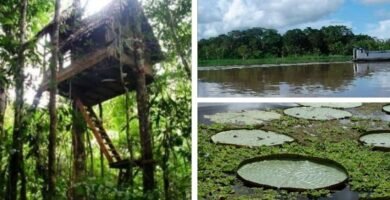
Aguas Claras Wildlife Reserve
November 21, 2020

Puerto Nariño, Colombian Amazon Rainforest
November 19, 2020

Santander Park (Leticia)
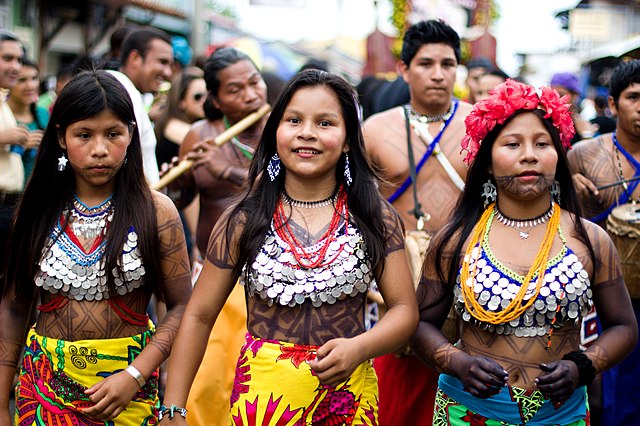
The indigenous settled in the Putumayo river basin suffer the ongoing consequences of armed conflicts, deforestation, the effects of oil extraction, and contamination of rivers, all of which cause their displacement.
Indigenous from Eastern Ecuador
In the Ecuadorian Amazon there are between 130,000 and 146,000 indigenous people, making up 20% of the regional population. They are distributed among ten ethnic groups; the seven most populous include the Kichwa, Shuar, Achuar, Shiwar, Cofán, Siona-Secoya and Huaorani (Waorani). The Kichwa and Shuar-Achuar together make up 83% of the regional indigenous population.
August 26, 2022

Cofán, an indigenous people between Colombia and Ecuador
June 21, 2022
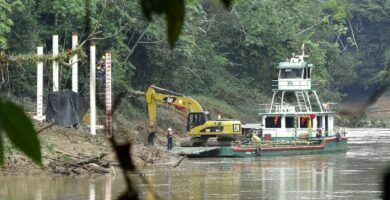
Oil exploitation in the Ecuadorian Amazon
May 28, 2022
Shiwiar – Amazon Rainforest People from Ecuador
Amazonian peoples in Peru
According to the 2007 indigenous census, there was a total of 332,975 individuals in the Peruvian Amazon. This was equivalent to nine percent of the Peruvian Amazonian population (3,675,292), and was distributed among 65 indigenous groups. In the Loreto region alone there were 105,900 indigenous people, distributed among 16 towns and 75 communities. The four largest ethnic groups are Awajún or _Aguaruna (45,000), Shipibo-Conibo (20,178), Chayahuta (13,717) and Cocama-Cocamilla (10,705).
June 30, 2022

Asháninka – Amazon Rainforest People From Peru
December 29, 2020
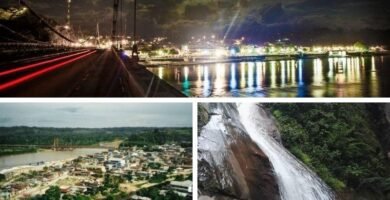
Aguaytía
December 26, 2020
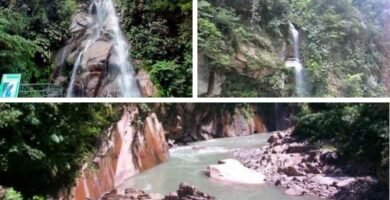
The Father Abad Canyon (SPN: Boquerón del Padre Abad)
December 24, 2020

Chachapoyas
December 22, 2020
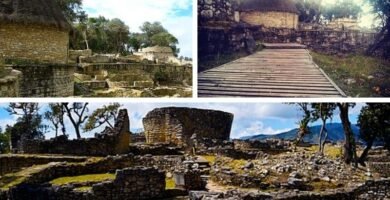
Kuelap Fortress
December 19, 2020

Laguna de las momias (lagoon of the mummies)
December 17, 2020
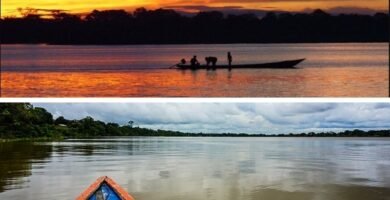
Yarinacocha Lagoon
December 15, 2020

Pitaya petroglyphs
December 13, 2020
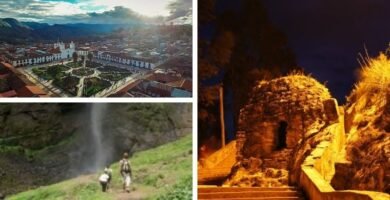
Well of Yanayacu
Amazonian communities in Venezuela
Some 100,000 people live in the Venezuelan Amazon , of which 40,000 are indigenous, divided into 20 ethnic groups, which make up some 500 communities, including Yanomami , Piaroa , Jivi, Curripaco, Bare, Piapoco, Baniba, Warquena, Yeral, Yekuana .
February 20, 2023
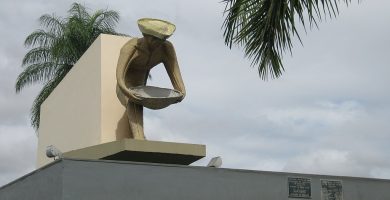
The Yanomami and the Garimpeiros
July 2, 2022

Are the Yanomami a Violent people? Napoleon Chagnon Review
May 19, 2022

Illegal mining and mercury contamination in Venezuela
April 30, 2022
Pemon – Indigenous People from Venezuela – Language, Location and Tribe Traditions
April 28, 2022
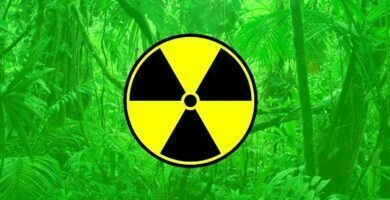
Uranium in the Venezuelan Amazon
Of all the ethnic groups in Venezuela, the Yanomamu and the Piaroa stand out, and together represent 48% of the total indigenous population. They are distributed in the states of Amazonas and Bolívar.
Indigenous people of Guyana, Suriname, and French Guiana.
A little more than 42,000 indigenous people live in the Amazon regions of these three nations. There they are sometimes known as “Amerindians,” to differentiate them from the population that originated in India.
Indigenous communities found in the nation of Guyana include the Arawak, Akawaio, Arekuna, Carib, Hakushi, Patamona, Wapichan, Warau, and Wai Wai.
French Guiana is home to the Pahikweneh, Lokono, Kari’na or Kali’na, Wayampi, Teko and Wayana tribes, and Suriname has communities of the Akurio, ayarekuie, Trio, Warao and Wayana.
This total is distributed as follows:
Cooperative Republic of Guyana (former British Guyana): 3,000 indigenous people divided into nine groups.
Suriname (former Dutch Guiana): 20,344 indigenous people in five groups.
French Guiana: 19,000 indigenous people in six groups.
Indigenous peoples in voluntary isolation (PAV)
It is hard to count the indigenous population that is in contact with other inhabitants of the Amazon basin. But it is even more difficult to estimate figures on the number of PAV (población aislada voluntaria, or Indigenous Peoples in Voluntary Isolation) who live there. Some estimate that there may be as many as 100 true PAV groups, numbering probably 5,000 individuals. As its name suggests, a PAV is an indigenous group that avoids contact with other groups, and goes into the jungle to avoid it. The PAV are hunting and gathering peoples who live in the jungle without changing their customs, their lifestyles, or their harmonious relationship with nature.
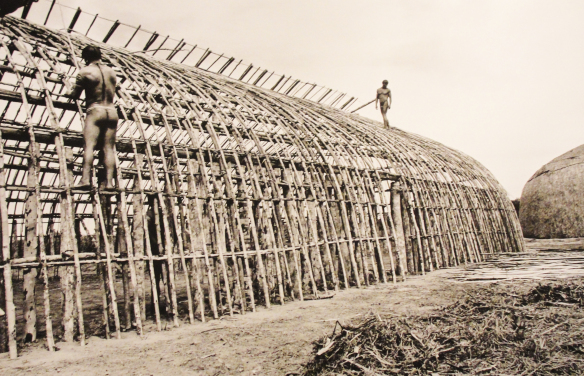
The Coordinator of the Indigenous Organizations of the Amazon Basin (COICA) mentions the existence of 66 PAVs in the Quito Declaration of 2018, but there are certainly many more. Specialists estimate that there may be about 145, of which 80 have been studied. Of this total, about 100 are scattered throughout the vast territory of the Brazilian Amazon, and there are about 25 in the Peruvian Amazon. Some of them are the Piripkura, Kawahiva, Korubo, and Kuikuro in Brazil; the Nahua, Nauti, Masco-piros and Cohibo in Peru; and the Yuri and Nukak in Colombia.
History of the indigenous peoples of the Amazon
To understand the indigenous peoples of the Amazon, with all their great linguistic diversity and distinctive cultural traits, it is first necessary to understand their history: how they got there and how they became what they are today.
The Amazon basin began to be noticed by foreigners beginning in the 19th century. Political and religious efforts to establish colonies in these almost impregnable jungle areas did not make much progress, despite the great dedication of the religious orders involved, largely Jesuits and Franciscans.
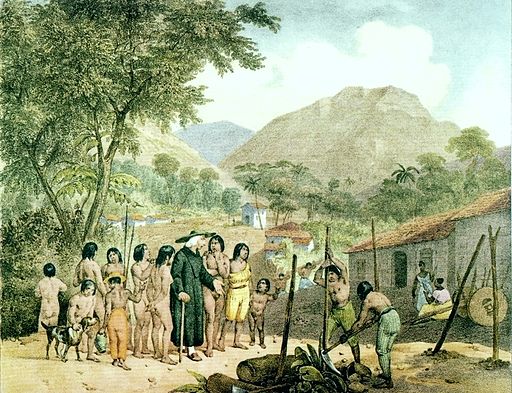
These orders founded many settlements to concentrate the indigenous people in “reductions,” particularly in the Upper Amazon, but their progress was very limited. The Amazon Basin also continued to be an attractive location for naturalists and explorers throughout the 19th century.
Indigenous genocide
Rubber exploitation (species Hevea brasiliensis) started in 1879. This inaugurated a time of great economic prosperity for the rubber barons, who became very wealthy by collecting and exporting their product. However, this booming business also led to genocide and enormous suffering for the native Amazonian communities.
This was effectively a new, voluntary genocide, which followed the armed genocide by the Spanish and Portuguese conquerors and colonizers, and the involuntary genocidal effect of contagious diseases against which the indigenous people had no defenses.
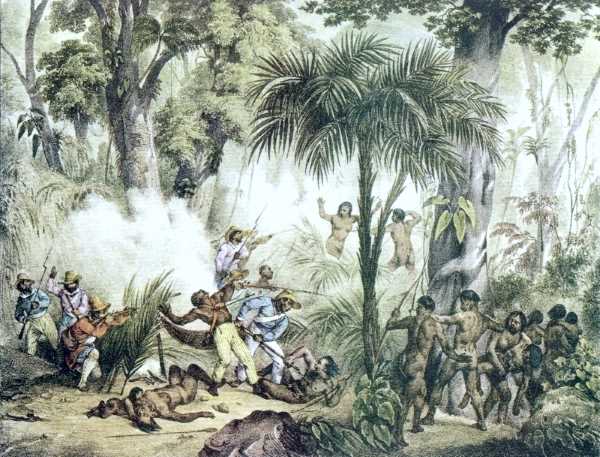
This has been called epistemicide: the destruction of indigenous knowledge bases. Through this, the perpetrators sought to eliminate indigenous religious practices, cosmology, languages, and general ancestral knowledge. Fortunately, this effort was not a complete success.
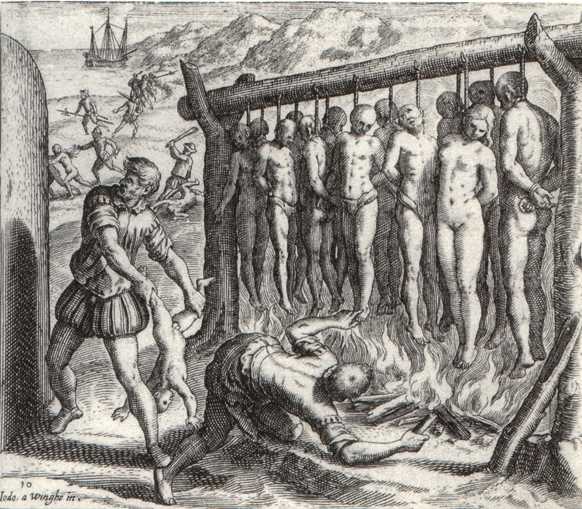
Included in the book by Bartolomé de Las Casas Very Brief Account of the Destruction of the Indies (1552) Engraving by Theodor de Bry.
How did the indigenous people get to the jungle?
The Amazon basin has been home to humans for more than 10,000 years (Roosevelt 1994). The residents were initially hunter – gatherers who settled in the eastern and southern part of the basin. Then around 5,400 to 3,200 BCE, they began to settle in the central and lower Amazon regions, with migrations from the Caribbean or the Andes, arriving in the lowlands from the high forest or the edge of the jungle.

The first settlers of the jungle were likely attracted by its extraordinary wealth of resources, especially plants and animals.
Indigenous population in South America before the arrival of the conquerors.
Although it is not certain, historians conservatively estimate that at the time of the arrival of the Europeans around 1500, there were between 13 and 17 million inhabitants in North, Central, and South America. However, other historians, (Spinden and the Berkeley School) estimate the indigenous population of the continents at more than 70 million. Estimates of the population in South America range between 7 and 20 million. In the 7 million square kilometers of the Amazon basin, population estimates vary between 5 and 7 million, distributed among some 2,000 indigenous tribes.
As a result of the European conquest, these peoples slowly transformed, changing their ways of life as a result of contact with foreigners and the cultural patterns of settlements and urban life. European-based politicians, economic groups and city dwellers considered the indigenous to be primitive peoples that opposed development. Thus, plans were made to conquer the jungle territory, and in the process, its natural resources were harmed or destroyed. Expansion followed, with increasing deforestation of the agricultural and livestock frontiers, along with increased logging and mining activities.
Current indigenous population of the basin
The current population of the entire Amazon basin is estimated at about 20 million. Of these, close to a million, or five percent of the total, are indigenous, and belong to about 400 different ethnic groups.

By “ethnicity” we mean a human community that shares a set of socio-cultural elements (language, religion, institutions, organizational forms, values, and customs), in addition to having common ancestors. The vast majority of the current inhabitants of the Amazon are mestizo (mixed indigenous and European) settlers, or landless peasants, who have come from other non-Amazonian regions. The figures and information above differ according to the source, and the authors’ political affiliations.
Indigenous organizations (COICA)
The Coordinator of the Indigenous Organizations of the Amazon Basin (COICA), based in Quito, was created in 1995. Its members come from nine countries in the basin: Brazil, Bolivia, Colombia, Ecuador, Peru, Venezuela, Guyana, French Guiana, and Suriname.
In the Declaration of Quito of March 2018, COICA indicates that in the Amazon basin there are 390 indigenous groups, of which more than 66 are in voluntary isolation. There are more than 2.5 million indigenous individuals in all.
Author

Dr. Rafael Cartay is a Venezuelan economist, historian, and writer best known for his extensive work in gastronomy, and has received the National Nutrition Award, Gourmand World Cookbook Award, Best Kitchen Dictionary, and The Great Gold Fork. He began his research on the Amazon in 2014 and lived in Iquitos during 2015, where he wrote The Peruvian Amazon Table (2016), the Dictionary of Food and Cuisine of the Amazon Basin (2020), and the online portal delAmazonas.com, of which he is co-founder and main writer. Books by Rafael Cartay can be found on Amazon.com
English version translator/proofreader
Related Posts
November 27, 2019
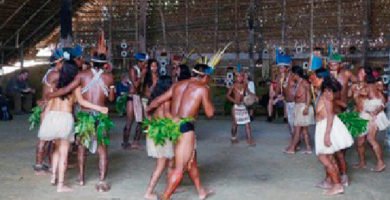
13 Typical dances of the Amazon (videos, music and movements)
November 25, 2019
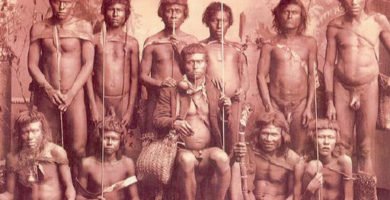
Amazonian Languages
November 7, 2019

Deforestation in the Amazon Rainforest
October 5, 2019
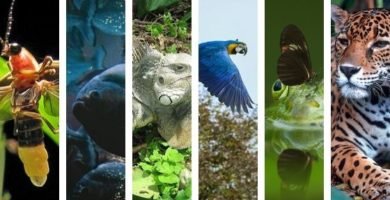
1001 Animals in the Amazon Rainforest
October 5, 2019
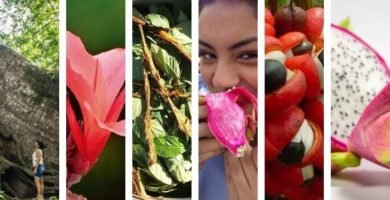
🥇 Amazon Rainforest Plants: 1001 species, names, photos and uses!
October 5, 2019
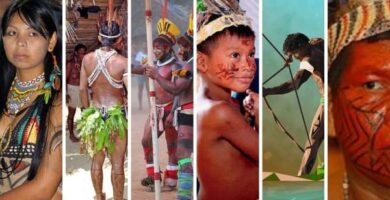
Amazon Rainforest Culture: Peoples, Cosmovision, Languages, Myths, and More
This post is also available in:
![]() Español (Spanish)
Español (Spanish)
